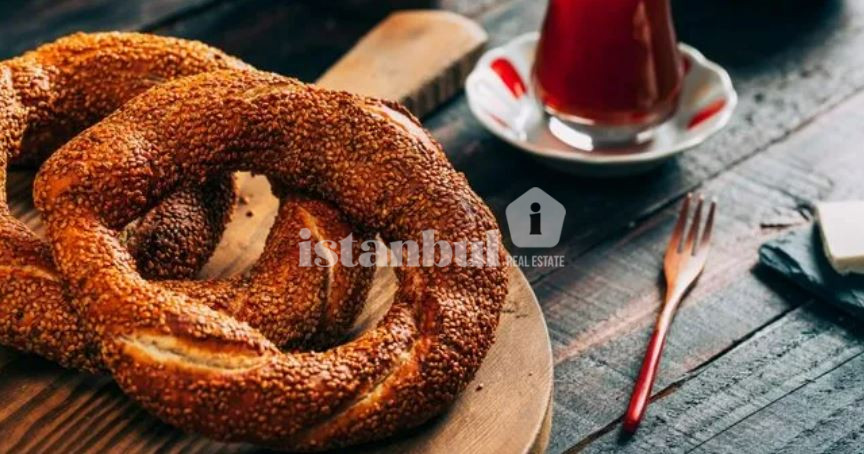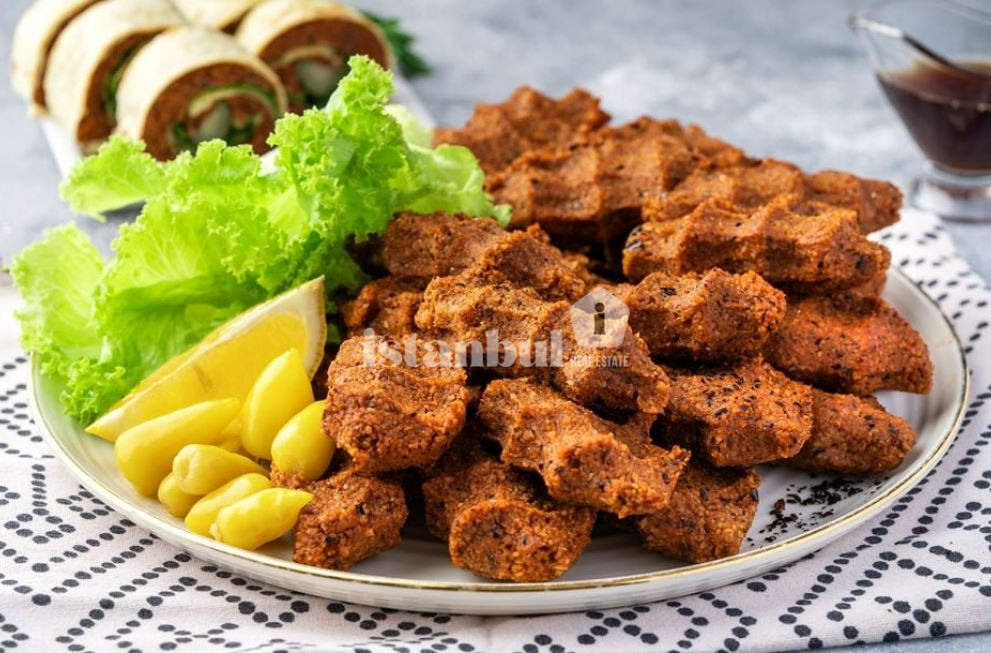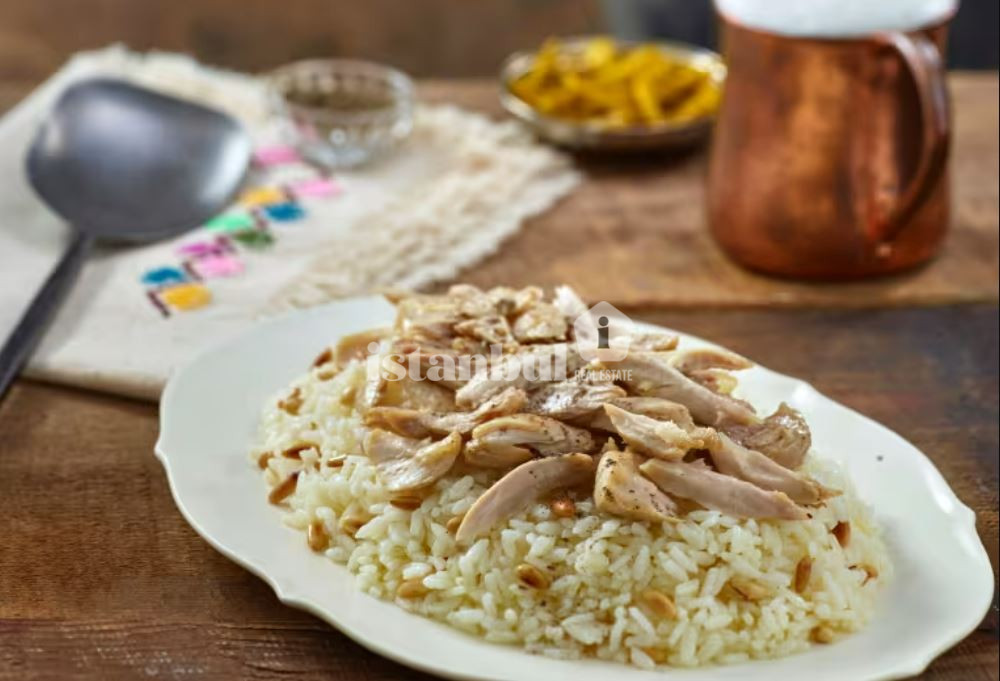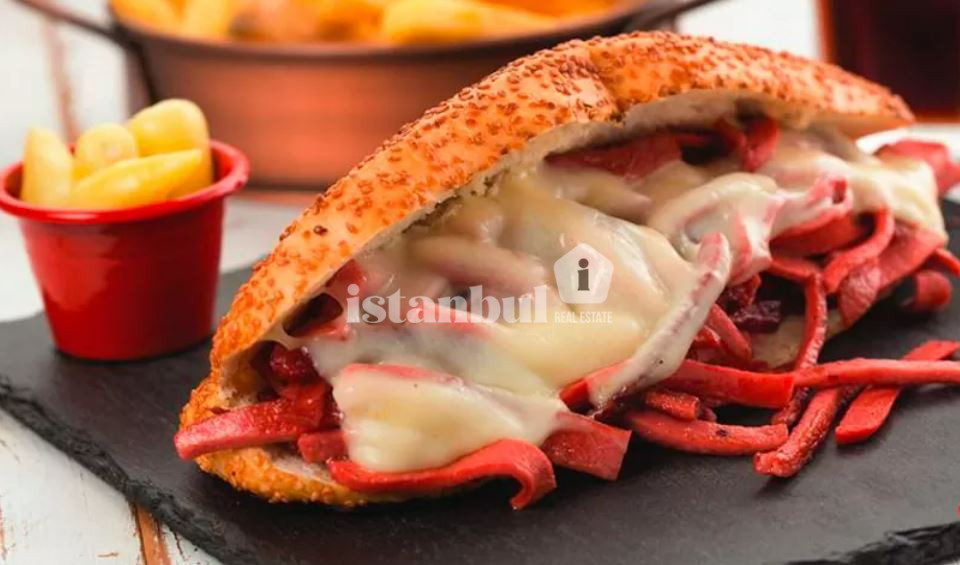
- 6 January 2024
Exploring Turkish Street Food : A Culinary Adventure
Exploring Turkish Street Food : A Culinary Adventure
Introduction:
Turkey along with a beautiful destination, is a heaven for food lovers. With a diverse and delicious cuisine, every corner offers a unique and delicious Turkish street food. From aromatic spices in bustling markets to seaside flavors. Whether you’re visiting historic sites or moving across the city, tasting turkish dishes is an essential part of the Turkish experience.
Turkish street food is a flavor-packed journey. Döner kebabs and Kokoreç add bold, unique tastes. Tavuk Pilav and Kumru sandwiches bring comfort and cheesy goodness.The combination of spices, fresh ingredients, and unique cooking techniques creates a blend of tastes that make Turkish street food delicious.Lastly, In this article, we’ll explore mouthwatering dishes that define the vibrant world of Turkish street food.
Cig Kofte:
 Cig Kofte, is a spicy and savory snack that has its origin from southeastern Turkey. Moreover, Originally made with raw meat, modern variations now use bulgur wheat, spices, and tomato paste, offering a vegetarian alternative. This flavorful treat is often rolled into a lettuce leaf or wrapped in flatbread, providing a handheld taste sensation.
Cig Kofte, is a spicy and savory snack that has its origin from southeastern Turkey. Moreover, Originally made with raw meat, modern variations now use bulgur wheat, spices, and tomato paste, offering a vegetarian alternative. This flavorful treat is often rolled into a lettuce leaf or wrapped in flatbread, providing a handheld taste sensation.
In Turkey, the fast-food version of çiğ köfte, traditionally made with minced raw meat. Is legally required to be meatless for hygienic reasons when sold in small franchise shops across the country. Lastly, As a result, unless explicitly prepared differently, çiğ köfte in Turkey is vegan. Ground walnuts, hazelnuts, and potato serve as substitutes for meat.
Simit:

Simit, a Turkish classic, is enjoyed in various ways. Commonly served plain, it becomes a delightful breakfast treat with tea, fruit preserves, or cheese, and is often paired with ayran. Furthermore, It’s also a common choice for breaking the fast, often accompanied by yogurt or buttermilk. The simplicity and adaptability of simit make it a cherished part of diverse culinary traditions.
Lastly, this circular bread, is typically coated with sesame seeds. Occasionally, it may feature poppy, flax, or sunflower seeds. The size, crunch, chewiness, and other distinctive qualities of simit can vary slightly from one region to another.
Döner:
 No exploration of Turkish street food is complete without eating Döner. Originating from the Turkish word “dönmek” meaning “to turn,” Döner is a combination of seasoned meat, usually lamb or chicken, slow-cooked on a vertical rotisserie.
No exploration of Turkish street food is complete without eating Döner. Originating from the Turkish word “dönmek” meaning “to turn,” Döner is a combination of seasoned meat, usually lamb or chicken, slow-cooked on a vertical rotisserie.
Döner kebab, a Turkish dish, consists of seasoned meat cooked on a vertical bar. Slices of the rotating meat cone are shaved off as it cooks. This concept dates back to the 19th-century Ottoman Empire and has influenced similar dishes worldwide, like shawarma and gyros.
The sliced meat can be served on a plate or in a sandwich using pita or flatbread, known as dürüm. Kebab sandwiches often include salad, vegetables, and various sauces. Introduced in the 1970s, this sandwich form has become a global fast food favorite.
Kokoreç:

Kokoretsi is a dish from the Balkans and Anatolia, made by wrapping lamb or goat intestines around seasoned offal and grilling it. Moreover, the cooked dish is chopped or sliced, sprinkled with oregano, and served on a plate or flatbread. In Turkey, it’s served in a baguette or sandwich bun with oregano and red pepper, and common sides include pickled peppers or cucumbers. Seasoned with lemon, oregano, salt, and pepper, kokoretsi is often paired with tea or ayran.
Bold flavors and unique textures define Kokoreç, a dish made from lamb or goat intestines seasoned with herbs and spices, then grilled to perfection. Lastly, it is often enjoyed as a sandwich or on its own. Kokoreç offers the adventurous side of Turkish street food and is a must-try for those seeking fast food excitement.
Tavuk Pilav:
 Tavuk Pilav is a Turkish traditional dish of chicken and rice. Its a favorite street food, is prepared by boiling chicken with salt and reserving flavorful water. After cooling and dicing the chicken, it’s combined with rice cooked in butter and the reserved water. The mixture is simmered until the rice absorbs the flavors. Once rested, the chicken and rice are blended.
Tavuk Pilav is a Turkish traditional dish of chicken and rice. Its a favorite street food, is prepared by boiling chicken with salt and reserving flavorful water. After cooling and dicing the chicken, it’s combined with rice cooked in butter and the reserved water. The mixture is simmered until the rice absorbs the flavors. Once rested, the chicken and rice are blended.
Street vendors often serve it by placing chicken in a bowl, filling the rest with pilaf, and inverting it onto a plate. A sprinkle of black pepper adds a final touch, and the warm Chicken Pilaf is enjoyed with a side of ayran, offering a delicious and simple street food experience..Its aromatic spices and comforting taste make it a popular choice among locals seeking a quick and delicious meal.
Kumru:
 Kumru, a Turkish sandwich served on a bun, typically features cheese, tomato, and sausage. The name of this street food, translating to ‘collared dove,’ is inspired by the shape of the sandwich. The original kumru had a ring shape and was coated with sesame seeds. However, the modern version emerged in the mid-20th century in Izmir and quickly gained popularity.
Kumru, a Turkish sandwich served on a bun, typically features cheese, tomato, and sausage. The name of this street food, translating to ‘collared dove,’ is inspired by the shape of the sandwich. The original kumru had a ring shape and was coated with sesame seeds. However, the modern version emerged in the mid-20th century in Izmir and quickly gained popularity.
Lastly, The key to its popularity lies in the delicious and soft bread, specially baked by local bakeries and restaurants. Which often includes chickpea sourdough. Some kumru vendors enhance the experience by serving it with pickled cucumbers, hot pepper, mayonnaise, and ketchup.
Kumpir:

Kumpir is a popular street food in Turkey, especially in Central Anatolia. Moreover It’s a baked potato dish that became popular in the 1990s. They bake big potatoes in special ovens, split the peel, and mash the insides. To make it even heartier, they might mix in the insides of another potato. Then comes a pinch of salt, some butter or margarine, all mashed up. They serve it right in the potato skin, and it’s usually accompanied by various toppings and sauces.
Furthermore, The popular version includes grated cheddar cheese, chopped boiled sausage, and a layer of Russian salad on top. Lastly, you can also customize it with corn, olives, peas, mushrooms, or whatever tickles your taste buds.
